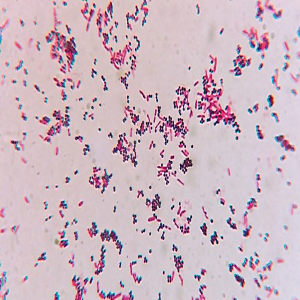 Smart Citations
Smart CitationsSee how this article has been cited at scite.ai
scite shows how a scientific paper has been cited by providing the context of the citation, a classification describing whether it supports, mentions, or contrasts the cited claim, and a label indicating in which section the citation was made.
Evaluation with E-test of the meropenem/vaborbactam association in carbapenem-resistant and sensitive negative control strains isolates of samples processed at the Laboratory of the Rivoli Hospital
Background and aims: Meropenem (Mer) and vaborbactam (Vab) is a combination of a carbapenem and a new β-lactamase inhibitor used in adults to treat different types of infections caused by Gram-negative bacteria. This combination is chosen as an alternative in infections caused by Gram-negative bacteria when carbapenem-only therapies are unsatisfactory.
Materials and methods: Based on this, we report our assessment of such meropenem/vaborbactam association through the E-test and the Microscan routine automated system. This evaluation was performed on 22 samples, carbapenem-resistant strains of Gram-negative bacteria isolated from different types of biological material. Five E. coli and 1 P. mirabilis were respectively susceptible to both carbapenems and Mer/Vab, 6 P. aeruginosa and 2 A. baumannii were respectively resistant to both carbapenems and Mer/Vab and out of 8 K. pneumoniae which were resistant to carbapenems only one was resistant to the Mer/Var combination.
Results and conclusions: From the data obtained, it can be seen that resistance to carbapenems is 72%, and drops to 36% with the combined use of Mer/Vab. However, this combination cannot be used in the treatment of patients with diseases caused by P. aeruginosa and Acinetobacter spp., resistant to meropenem.
Supporting Agencies
NoneHow to Cite
PAGEPress has chosen to apply the Creative Commons Attribution NonCommercial 4.0 International License (CC BY-NC 4.0) to all manuscripts to be published.

 https://doi.org/10.4081/mm.2022.10405
https://doi.org/10.4081/mm.2022.10405




